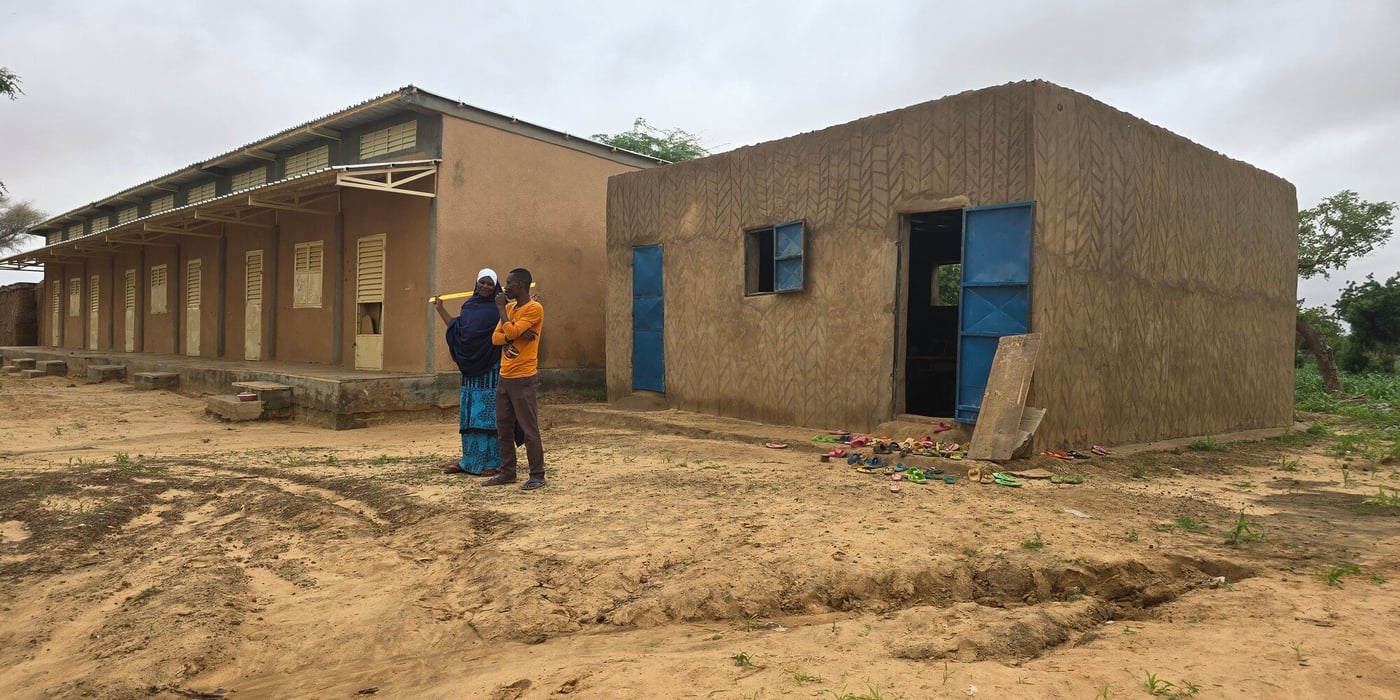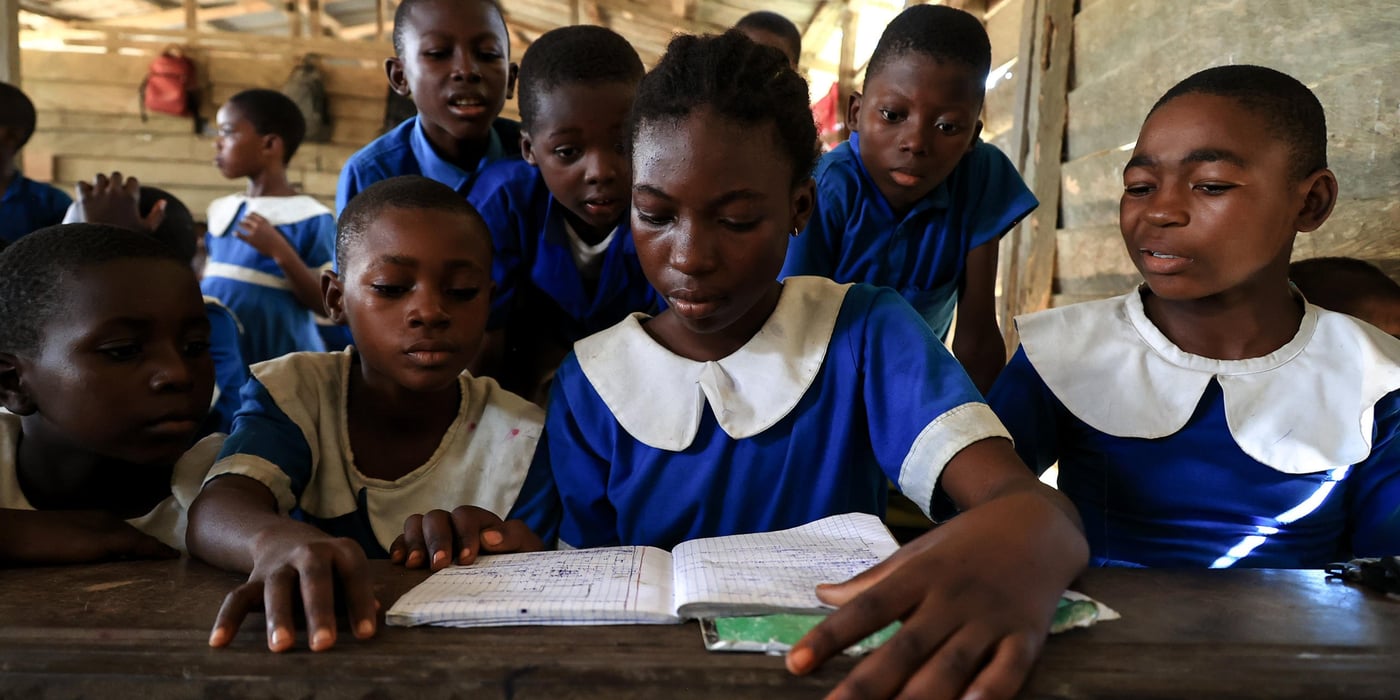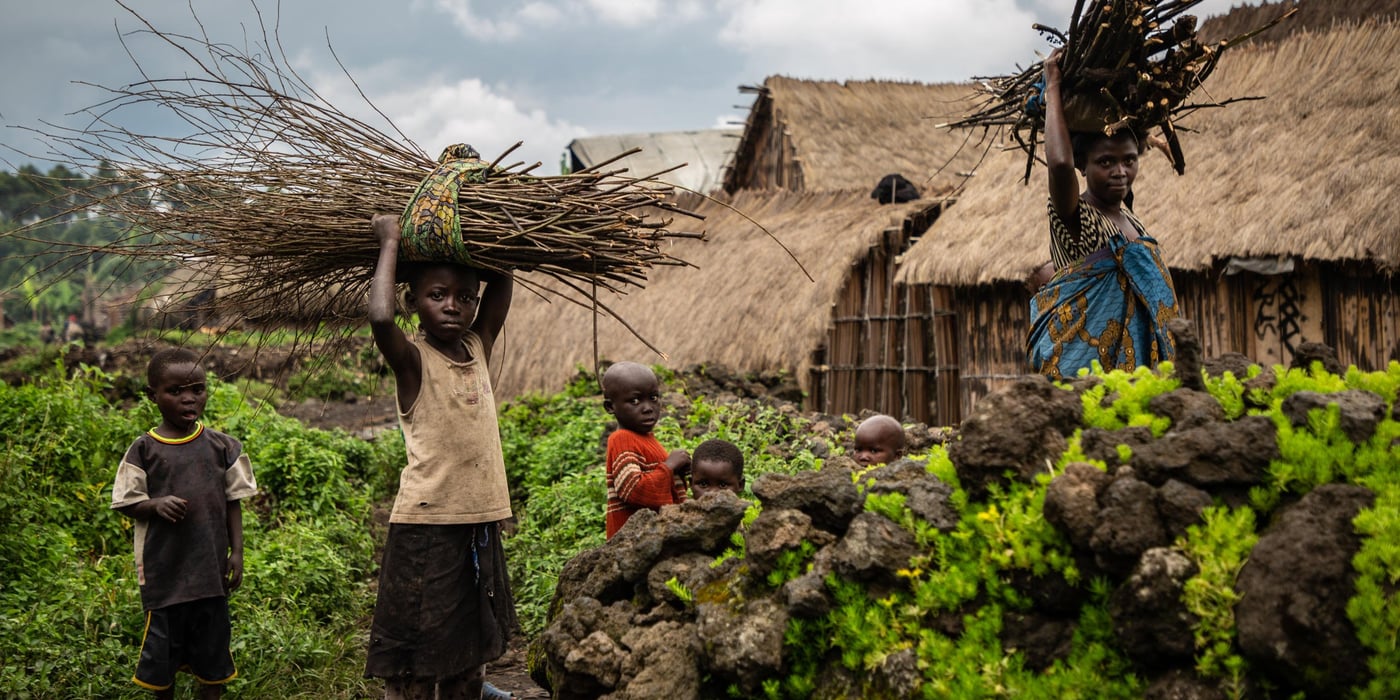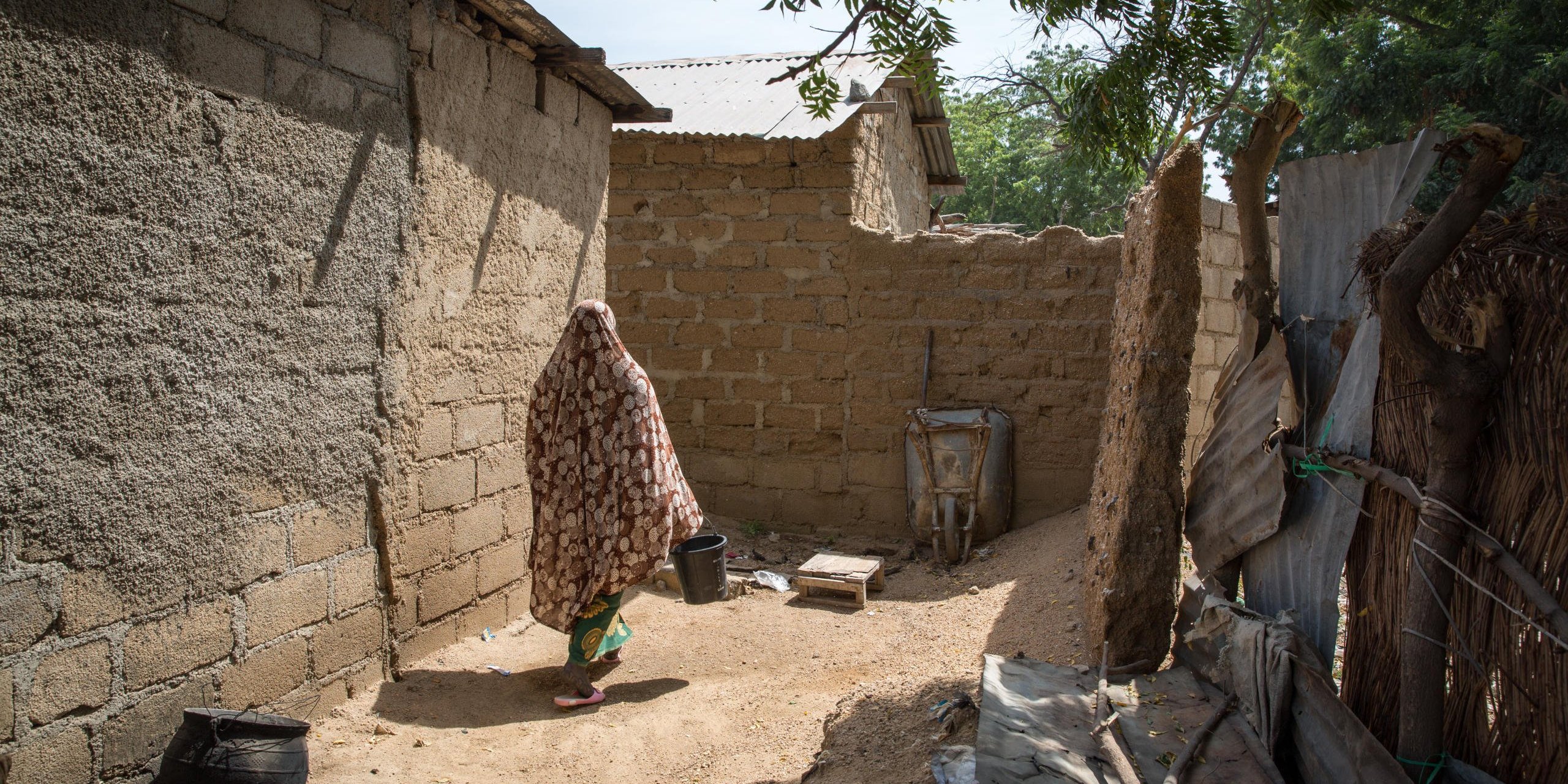
As a GenCap adviser, supporting the humanitarian community in Cameroon on gender, I have been able to observe the shortcomings that scarce financial resources and subsequent limited response capacities generate.
4.4 million people across Cameroon need aid and protection
You rarely hear about it in the media. Yet, Cameroon is the scene of three simultaneous protection and humanitarian crises affecting eight of its ten regions: Increased violence in the Lake Chad Basin has led to the displacement of over 320,000 people and to the arrival of around 114,000 Nigerian refugees. Largely under-reported, Cameroon is the second most affected country by the Lake Chad crisis, after Nigeria, because of the conflict.
What began, in 2016, as peaceful protests over the marginalization of the two English-speaking regions, North-West and South-West, by the Government has transformed into violent actions leading to a conflict between pro-independence groups and Cameroon’s army. This major sociopolitical crisis bears a myriad of implications on education, employment, protection, and access to essential services. It has also led to the displacement of more than 700,000 people and the killing of over 3,500 civilians. Lastly, the Eastern regions of the country host over 300,000 refugees from the Central African Republic.
Humanitarian needs are compounded by structural development deficits and chronic vulnerabilities that also challenge the long-term recovery of affected people. The coronavirus pandemic has further aggravated the situation of millions of people, affecting their health and threatening their livelihood: The country ranks among the 10 most-affected African countries with the highest number of COVID-19 positive cases.
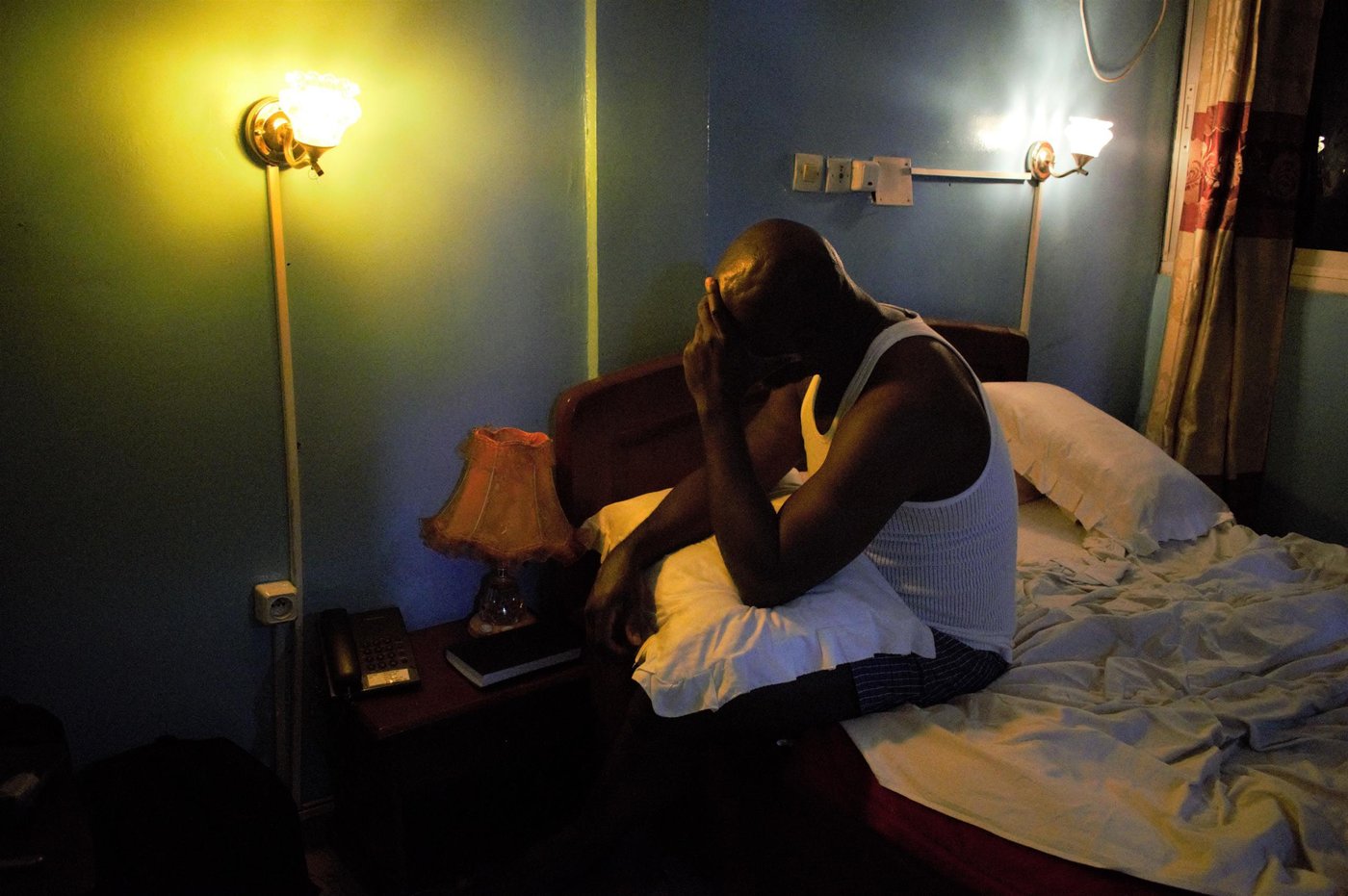
A mismatch between scale of needs and available funding
In a global context of rampant poverty, aggravated by neoliberal policies, and of armed violence affecting an ever-growing number of countries, and yet primarily apprehended in military terms, donors are called upon to make difficult choices on which vulnerable population to assist or not. This explains why Humanitarian Response Plans (HRP) are never entirely funded. But other reasons come into play on why certain crises are less generously supported.
Despite the magnitude of the humanitarian and protection crises in Cameroon, that has been alarmingly escalating during these past years, the country hasn’t received the attention it deserves from the international community. It has been among the most underfunded humanitarian crises worldwide. In 2019, the country was the third least funded Humanitarian Response Plan (HRP) worldwide, receiving 44 percent of the funds requested. In 2020, the country received 50 percent of the funding it was pleading for.
While the crises have generated or exacerbated protection risks, with heightened levels of gender-based violence against women and girls and with distinct threats to life and personal security primarily affecting adolescent boys and men, the protection sector and sub-sectors have remained particularly underfunded. Meanwhile, development funding to address the root causes of the humanitarian needs has also remained limited. In spite of the multiple consequences the crises in Cameroon have generated, the situation has received to date limited media coverage.
In 2021, the humanitarian community in Cameroon targets three million people in need of urgent assistance, requiring US$ 362 million for its action. As the national authorities have had a distinct appreciation about the scale and severity of displacement and of humanitarian needs, this could blur the international community’s vision on the severity of the situation and render the allocation of funds even harder.
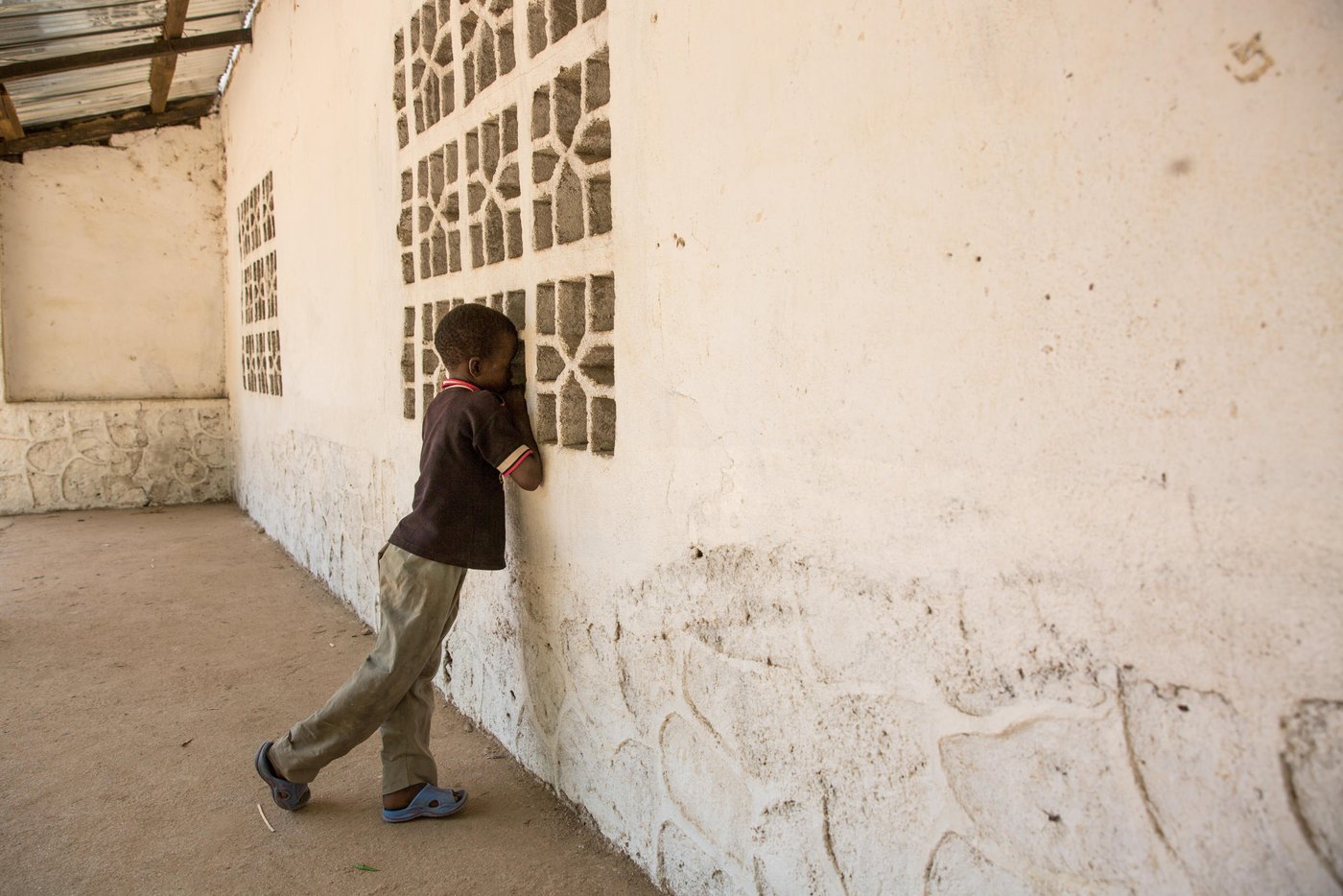
What does this mean for delivering an equitable response?
Lack of funding bears direct implications on the humanitarian community’s ability to address distinct protection and assistance needs and to provide an inclusive and efficient response. It means difficulties hiring dedicated staff on gender issues and that time and resources to build capacity or to conduct gender analyses are missing. It also calls for an overly rigorous prioritisation of those to assist, humanitarian organisations not being able to provide an assistance equal to the needs. For instance, several organisations in the North West and South West recognise the importance of providing protection and assistance tailored to adolescent boys and men’s needs, as they are particularly exposed to specific forms of discrimination, harassment, and violence from State Armed Forces and the non-State armed groups. Yet, due to competing priorities and limited resources, actors on the ground are often unable to develop adequate, targeted interventions.
Read: A failure to address the vulnerability of men and boys
Funding scarcity and subsequent gaps in response capacity often entail an exclusive focus on shorter term, life-saving interventions, that do not examine how gender roles and power dynamics generate and exacerbate vulnerability. The Inter-Agency Standing Committee (IASC) gender policy and individual agencies’ policies increasingly call for gender transformative interventions in emergencies. This means tackling the root causes of gender inequality and reshaping unequal power relations, creating more gender equitable outcomes. However, this rarely translates in actual programmes.
Such integrated approaches, that entail to work simultaneously with women, men, girls, and boys, and that should ideally be conjointly run by humanitarian, development, and peace actors, could provide a meaningful response to existing gender-based vulnerabilities. For instance, addressing threats affecting adolescent boys and men in the North West and South West, by providing protection and livelihood support, would help create a protective environment for girls, women as well as for the wider society. It would prevent exile, that has left many lone women bearing the brunt of family responsibilities, with more burden and with more frontline activities that place their own safety at risk. It would also mitigate men’s distress and the consecutive tensions that have led to a significant upsurge in household violence. It would also bear longer term benefits for the protection, resilience, and cohesion of the communities: The shortage of adequate protective measures and lack of economic alternatives offered to the male youth, constitute a fertile soil for non-State armed groups to recruit more boys and men into their ranks.
Delphine Brun is an Inter-Agency GenCap adviser for Cameroon.
The views expressed in this article are the ones of the author and should not be understood as reflecting the position of OCHA, the adviser’s host agency.


